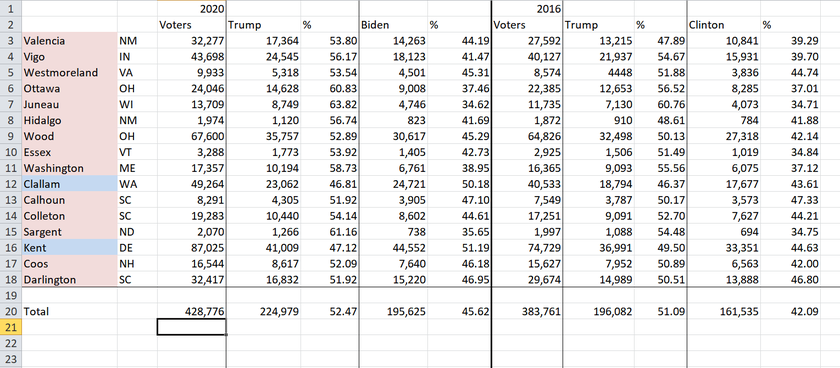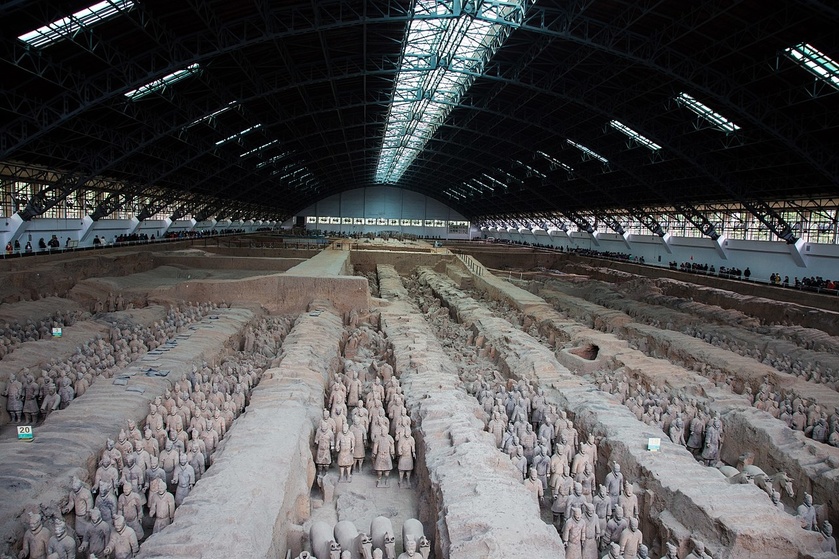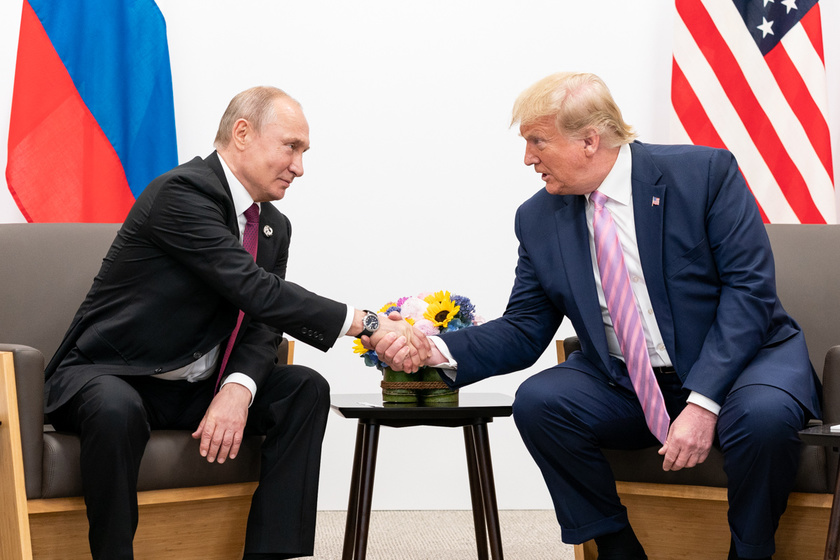
We know it has always been easy to mislead and brainwash many people by using narratives and propaganda. In the era of hyper-information it seems easier than ever however now we have the necessary tools to be able to critically evaluate the information we consume. Individuals who are able to independently collect and analyze the data are able to debunk fake narratives and hoaxes.
There are many ancient historical artifacts in different parts of the world that were “discovered” before the era of hyper-information and no one questions neither their authenticity, nor their legend or their age which is supposed to be pretty ancient according to the legend.
One such artifact is the Terracotta Army, a collection of thousands of life-size clay soldiers that were discovered in China in 1974. The army is often cited as evidence of the power and sophistication of the Qin dynasty, which ruled China from 221 to 206 BC.
The Terracotta Army is recognized as one of the world's most important archaeological discoveries of the 20th century. The official story says that “Over 720,000 laborers worked for approximately 40 years to complete it.”
However, there is evidence that the Terracotta Army may not be as old as it seems.
- The quality and detailing is too high for the ancient era. They are simply too realistic to be ancient.
- The preservation of bronze weapons, particular swords, lances and halberds, display shiny almost pristine surfaces and sharp blades after 2,000 years buried with the Terracotta Army. “These warriors were armed with fully functional bronze weapons; dozens of spears, lances, hooks, swords, crossbow triggers and as many as 40,000 arrow heads have all been recovered. Although the original organic components of the weapons such as the wooden shafts, quivers and scabbards have mostly decayed over the past 2,000 years, the bronze components remain in remarkably good condition.” Traces of chromium detected on the surface of the bronze weapons gave rise to the belief that Qin craftspeople invented a precedent to the chromate conversion coating technology, a technique only patented in the early 20th century and still in use today. When the ancient chromate anti rust coating didn’t hold ground it was claimed that the weapons were preserved in good condition by pure luck i.e. the soil type in that specific area… https://phys.org/news/2019-04-scientists-mystery-terracotta-army-weapons.html
- The paint peels off: https://www.newscientist.com/article/dn4430-chemists-stop-flaky-fate-of-terracotta-warriors/
- The destructive scientific analyses have so far only been conducted on small fragments of the statues because “The immense cultural value of the Terracotta Army” is very high.
- Additionally the Terracotta army was discovered during the late Mao era. There was a demand to produce a narrative to rehabilitate the Qin dynasty and whitewash the CCP during the Cultural Revolution during which much of China's thousands of years of history was in effect destroyed. During the Cultural Revolution China's historical sites, artifacts and archives suffered devastating damage, as they were thought to be at the root of "old ways of thinking.”
- The story behind the “discovery” is too “on the nose”: Terracotta Warriors were found by a family of farmers when digging a well. The chief archeologist who made the “discovery” was the only employee in the museum in the area in charge of cultural relics and archaeology. He had no formal education in the field.
Finally, it is worth noting that the Chinese government has tightly controlled access to the Terracotta Army since its discovery. This has made it difficult for independent researchers to study the soldiers and verify their authenticity.
There are weird stories surrounding the terracotta warriors popping up once in a while. For example during the 2007 Exhibition in the German museum the Chinese terracotta warriors were declared as fake by Chinese officials and the tickets of 10,000 visitors were refunded. The excuse was that the figures were replaced during the transportation and delivered to the museum “after dark”.
https://www.theguardian.com/world/2007/dec/12/china.germany
More:
https://hyperallergic.com/351460/chinese-authorities-smash-fake-terracotta-warriors-attraction/
Based on the evidence, we can't rule out that the Terracotta Army’s legend is a hoax; the figures were created during the 1970s and the evidence that supports their ancient age was fabricated.
The Bellwether Counties argument is frequently cited on Twitter as evidence of an anomaly in the 2020 elections. In 2020, Trump won the popular vote in bellwether counties but lost the election, whereas in 2016, he won both the popular vote in these counties and the election.
The argument states: there are 15-20 bellwether counties, and the candidate who wins the popular vote in these counties will win the General Election.
This concept is flawed since the winner of the General Elections is not decided by the popular vote but by the Electoral College.
Interestingly, there is only one county in the United States that has consistently voted for the winner of the presidential election since 1980: Clallam County, WA.
I have identified 16 bellwether counties that have allegedly predicted the winner. Among them are three counties in South Carolina (Calhoun, Colleton, and Darlington), two in Ohio (Ottawa and Wood), and two in New Mexico (Valencia and Hidalgo).
What do bellwether counties predict, and what do they ...

People think that the Wikipedia is not a reliable source because anyone can edit any article.
📣 Actually, Wikipedia is an excellent source for information. However, it is important to learn how to use it effectively. Here are a couple of examples of how to dig into a Wikipedia article:
- You can check the Wikipedia article in other languages and cross-check the information using Google Translate. The information on the same subject may vary significantly depending on the language in which it is written.
- You can go through the history of Wikipedia article edits and compare the information. You may discover that some essential information was removed by an editor.
I plan WIKI to be a series of articles on the Debunked, where debunking can be done solely using Wikipedia.
Russian Collusion was an alleged interference between the Trump campaign and Russia to interfere in 2016 elections. The Mueller report "did not establish that members of the Trump campaign conspired or coordinated with the Russian government in its ...
On September 26, 1983, Stanislav Petrov, a duty officer who was stationed in the nuclear early-warning system of the Soviet Union saw a big RED BOLD message all over the screen - 5 missiles launched from bases in the United States.
Petrov saved the world by not reporting them to his superiors, and instead dismissed them as a false alarm. This was a breach of his instructions, a dereliction of duty. The safe thing to do would have been to pass the responsibility on, to refer up.
https://en.wikipedia.org/wiki/Stanislav_Petrov
https://www.bbc.com/news/world-europe-24280831
After the collapse of the Soviet Union, the story did get into the press. Mr Petrov received several international awards. But he does not think of himself as a hero 😆
"That was my job", he says. "But they were lucky it was me on shift that night."
📣 The story has all attributes of a classic hoax: only one source, no witnesses, unnecessary visual details that make the story sound more trustworthy.
🧵 Context 1: ...





















